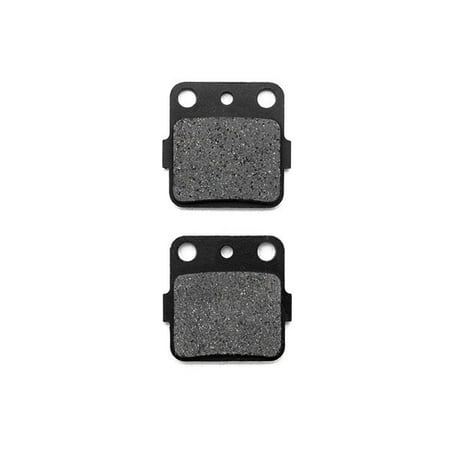Mad Hornets CEL Check Engine Light Adapter CEL Eliminator Mini Catalytic Converter O2 Sensor
CEL Check Engine Light Adapter CEL Eliminator Mini Catalytic Converter O2 SensorFeature: 1: The O2 CEL fixture actually incorporates the M18X1.5 miniature catalytic converter,which helps to get rid of the modified exhaust or the inspection engine light after removing the catalytic converter. 2: Made of Zinc Plated Steel which is durable and have high strength to use. 3: AVOID A CHECK ENGINE LIGHT,Catalytic converter built inside and will help get rid of that annoying check engine light. 4: If the O2 sensor is too sensitive, the CEL will still open after loading the canceller, and all problems on the CEL alarm will not be resolved. 5: Easy installation, direct bolt-on, no modification needed.Specifics: Condition: 100% Brand New Material: SS304+ stainless steel filter Color: Please refer to the picture Type: Oxygen Sensor Fitment Type: Direct Replacement Thread: M18 X 1.5 Size: As shown in the picture (Please allow 1-3 mm measuring deviation due to manual measurement.)Fitment: Universal All modelsPackage Include: As you choose!(instruction manual is not included)Note: Please check the description or use the year/make/model check finder and replace part numbers to confirm the compatibility before purchasing.序列 01 1 – YouTubeVideo will open in a new windowUsing the eBay App? Paste link into a browser window:[isdntekvideo]












Reviews
There are no reviews yet.